Like Lewis said 18 is way too hard. I have shot lead that hard and it is super finnicky in my muzzleloader.
I use hardened bullets. I start out with pure. I use a Cabine Tree hardness tester. It is a dial indicator and can read infinite levels of hardness. A soft 5 or a hard 5 kind can be seen with these.
Again I start out with pure and I add chilled reclaimed lead shot. I use it because I have so stinking much of it.
Anyway I add small amounts at a time. Thin I pour a bullet and cool it with my air compressor. If you water quench the bullets it will harden them if they have alloy in them.
So I cool them with air, and test. Cabine tree gives a breakdown of the numbers. There are two different charts this one matches mine.
Tester Hardness Cross Reference
Material Dial Reading SAECO Brinell
Pure Lead* .020-.030 0 5
40-1 .045-.050 5.5 8.5
30-1 .053-.056 6 9
25-1 .062-.065 6.25 9.5
20-1 .068-.070 6.5 10
10-1 .072-.074 6.75 11.5
New WW** .074-.076 7 12.5 (est)
Aged WW** .080-.083 8 14 (est)
Lyman #2 .084-.086 8.5 15
Linotype (old) .086-.090 10 22
Quenched WW# .090-.095 10.5 23-24
Mono/stereo type .095-.098 10.5-11.5 24-28
Heat treated # .098+ 12+ 32+
I have came up with a hardness that works great for me. Some rifles like pure lead others like a little hardness in the mix. For my 50's I have them hardened on my tester to .032 to .038. I have seen some of these bullets age harden to .043 but they still shoot and behave the same on game. I consider them to be between 6 and 7 BHN but that is my numbers only.
My son, and I have shot a ton of game with these bullets hardened like this and for the most part we never find the bullets. They always plow through and are gone. The first one I found was on a cow elk.
I shot her at 60 yards. She was quartering to me and this spot was under 100 yards to private land. I had to put her down where she stood. The bullet crushed the shoulder and was found in the flank under the skin. The bullet was pretty well trashed and only weighed 288 grains, The cow was knocked off her feet. She got back up went about 10 yards and went down for good.
Again on deer and Pronghorn this bullet is never found. The next one I found was this year. I shot a bull at 248 yards with them. I held for a high shoulder/ spine shot to anchor the bull instantly. It did and I knew I would find the bullet.
The bullet started out at 458 grains.
When I found it, it weighed 454 grains.
The slightly hardened bullet shoots better in my rifles and performs excellent on game.
The next bullet I make is for my Hawken.
I shoot a RCBS 11mm rifle bullet in that gun. They weigh 408 grains.
This gun likes that bullet a bit harder. These are hardened to between .045 and .048 on the dial indicator I consider them to be 8.5 BHN.
I have only found a couple of these bullets in about 7 years of using it Most of them smoke through. This bullet was found in a deer that my son shot. He had hit it with his 50 and the deer looked like it was going to get up. I handed him the rifle and he hit the buck in the flank and the bullet was found under the skin in the neck. It weighs 408 grains after plowing through a lot of animal.
I have found that a slightly hardened bullet can be more accurate in some guns. I also have seen that a slightly hardened bullet will behave better on game.
In this picture I have two 50 cal 410 gr Hornady Great Plains bullets. Both were shot into a buck at 175 yards. The one on the left weighed 354 grains and the one on the right was 385.
Both were broad side shots and the bullets were found under the skin. Neither bullet took the buck off his feet. Even at the distance of 175 yards the bullets over expanded at the reduced velocity. This was the buck that was shot.
That buck was shot 4 times by me with the Hornady great plains bullets. After that I developed my own bullets and hardness. I sol the remaining bullets I had on inventory and never looked back.





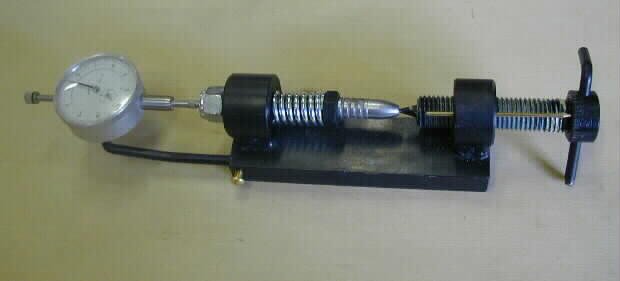
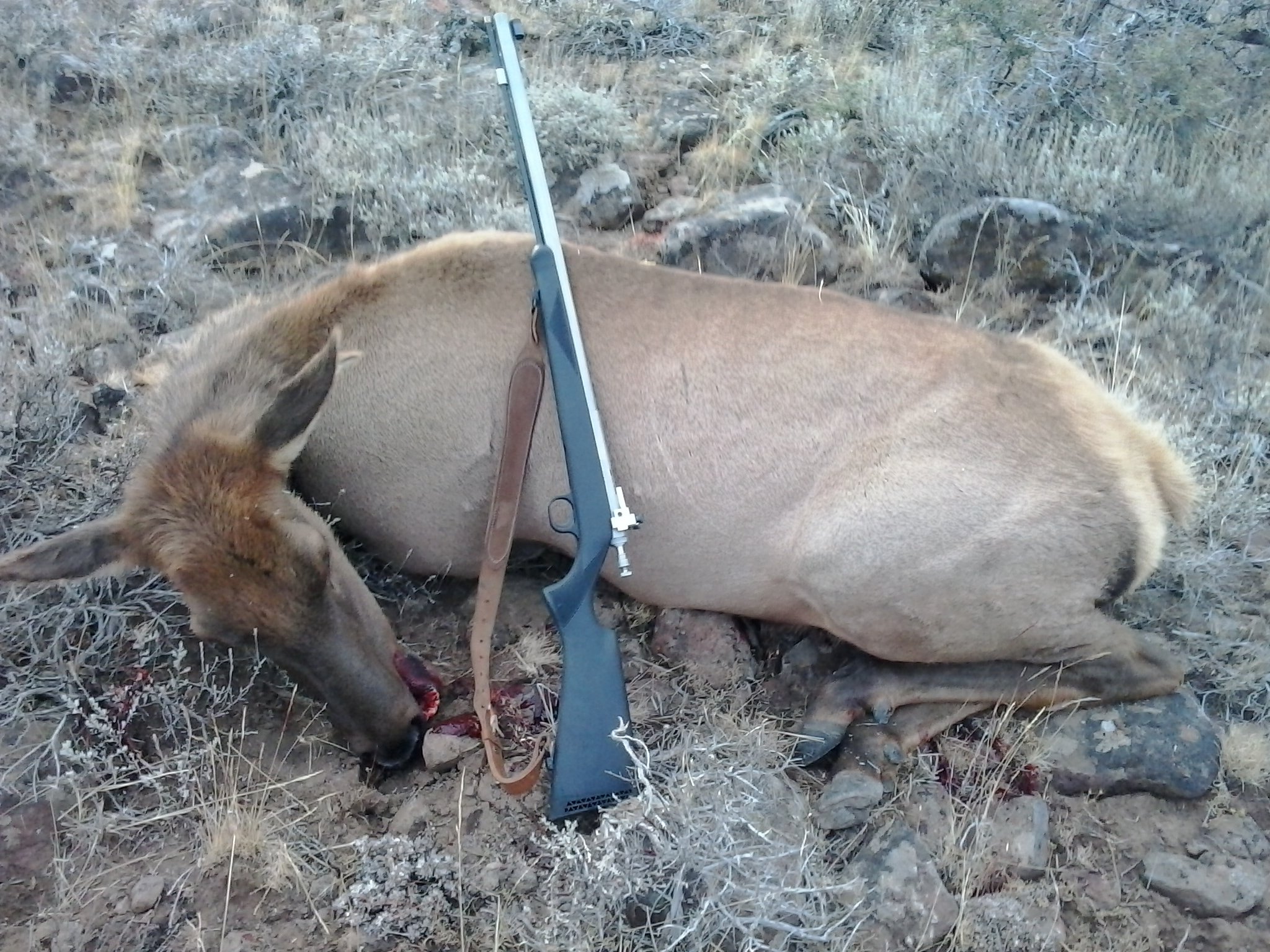
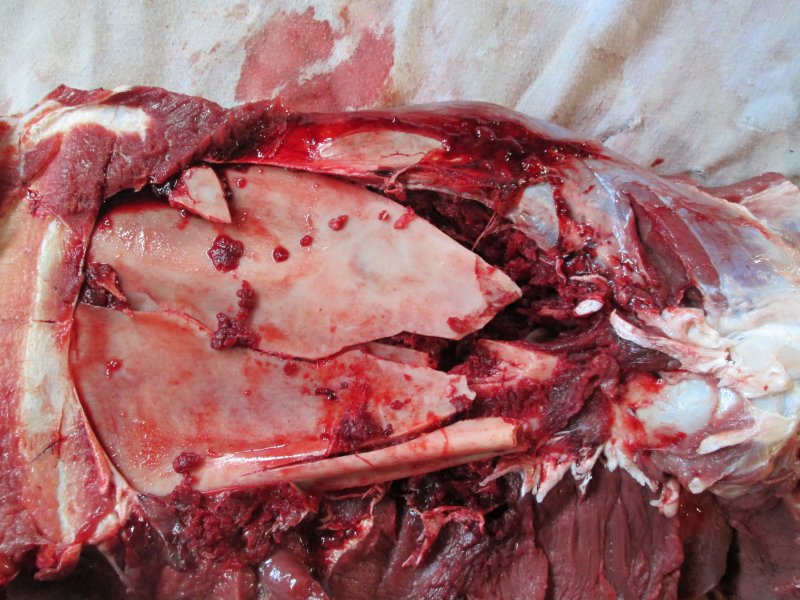
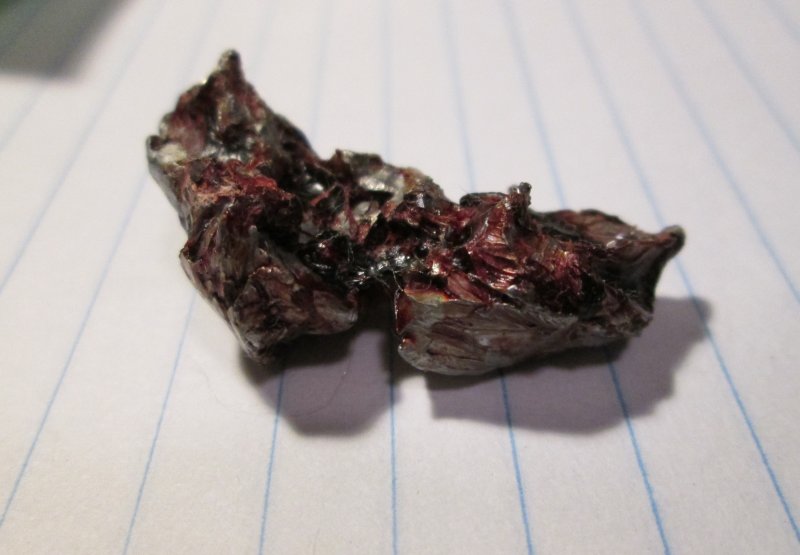
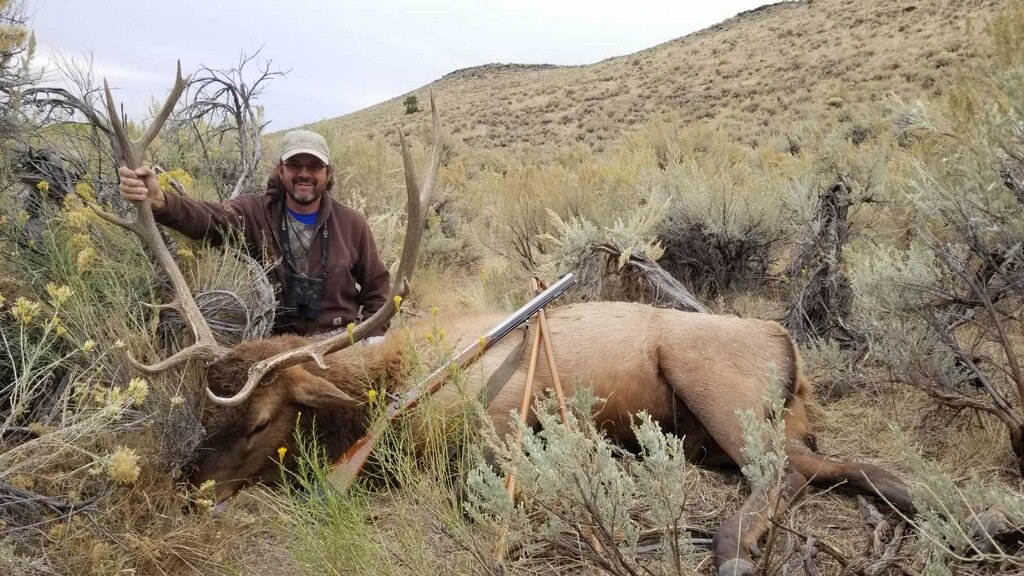
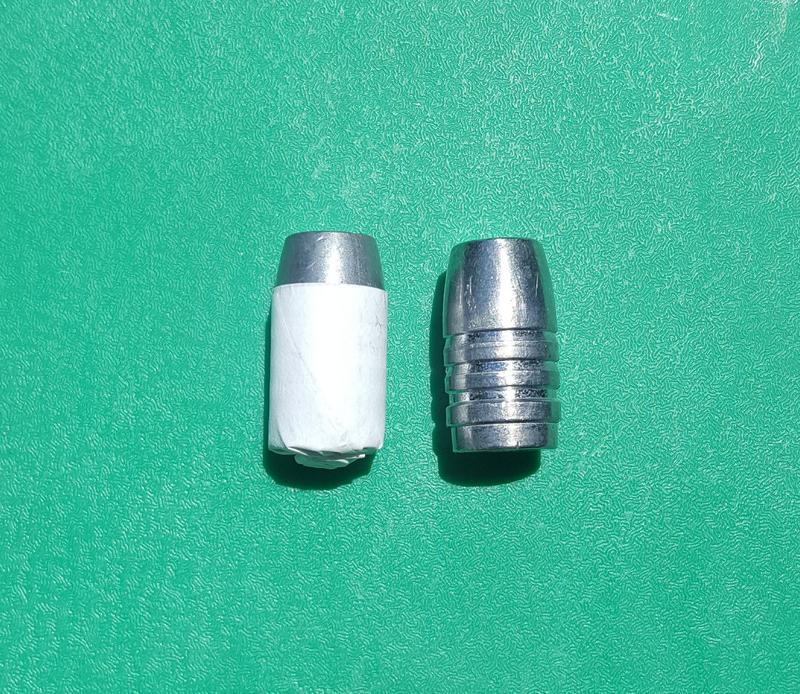
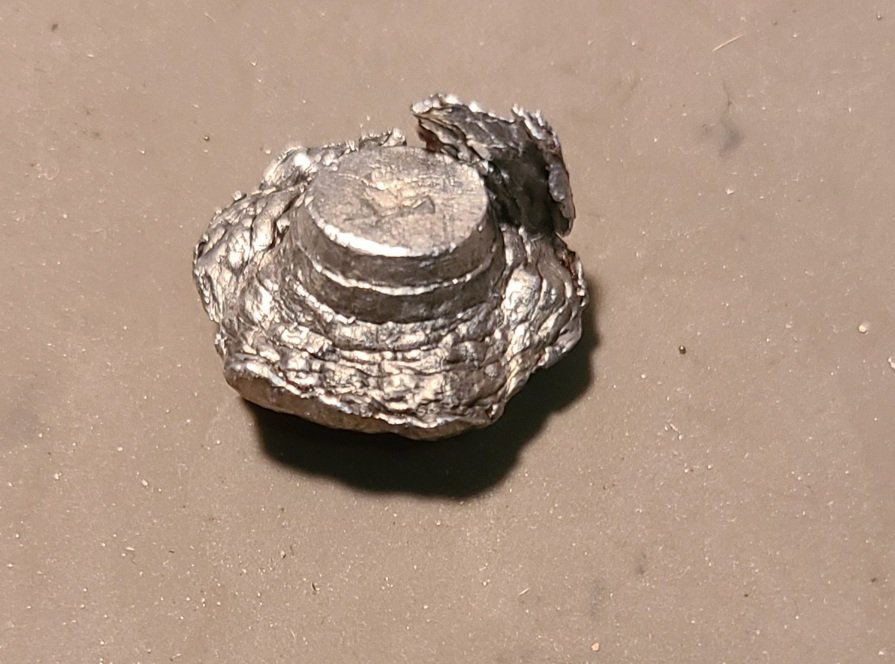
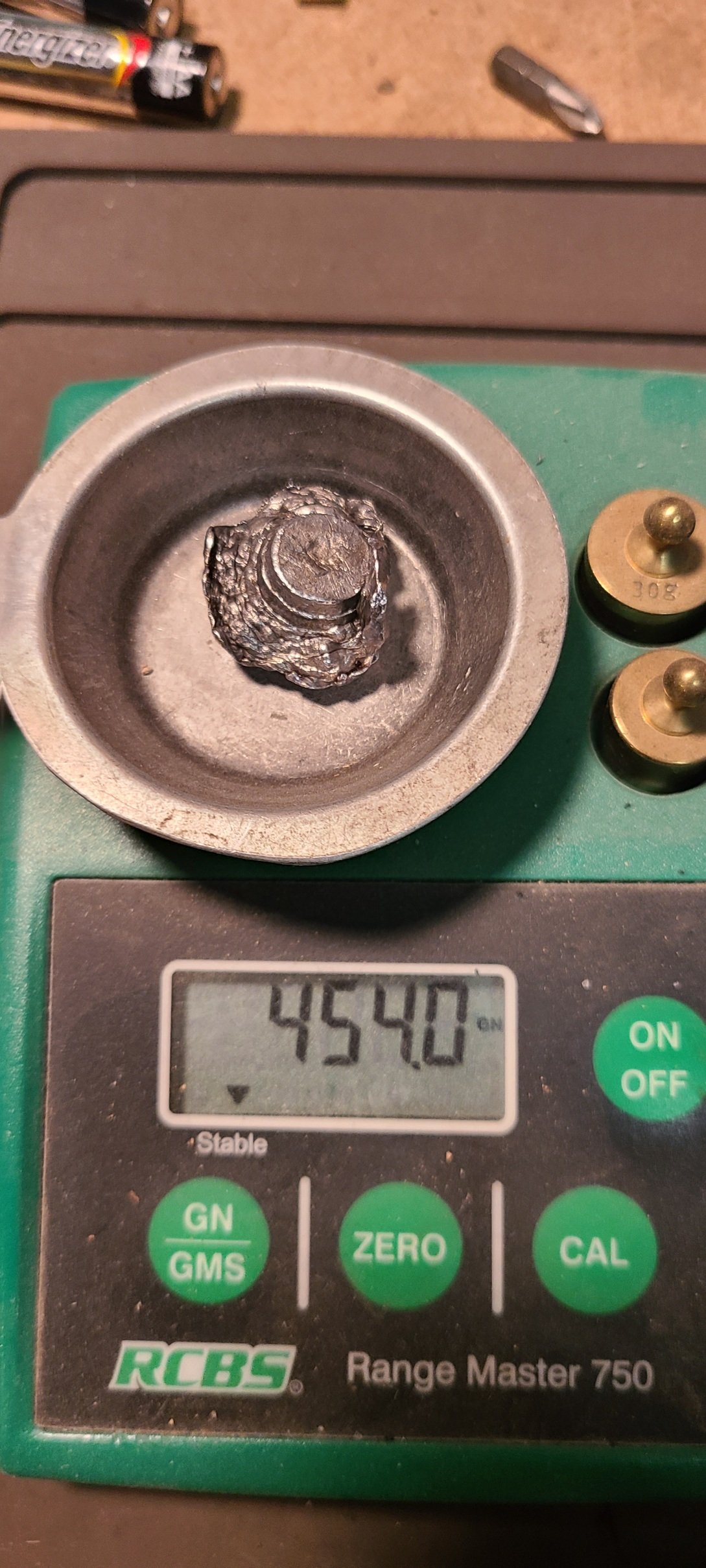

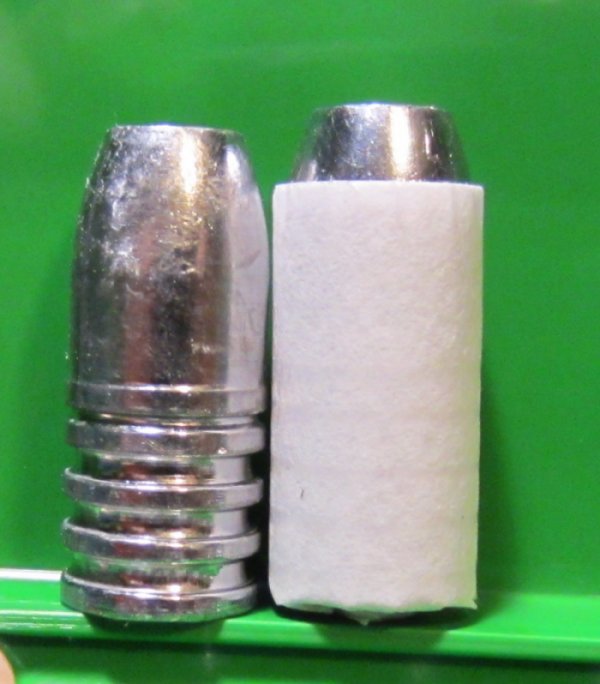
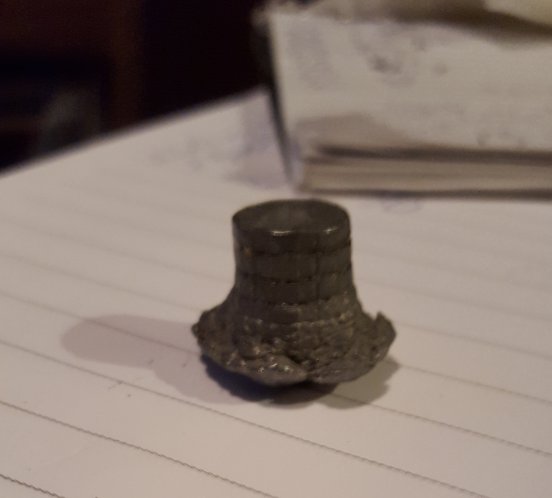
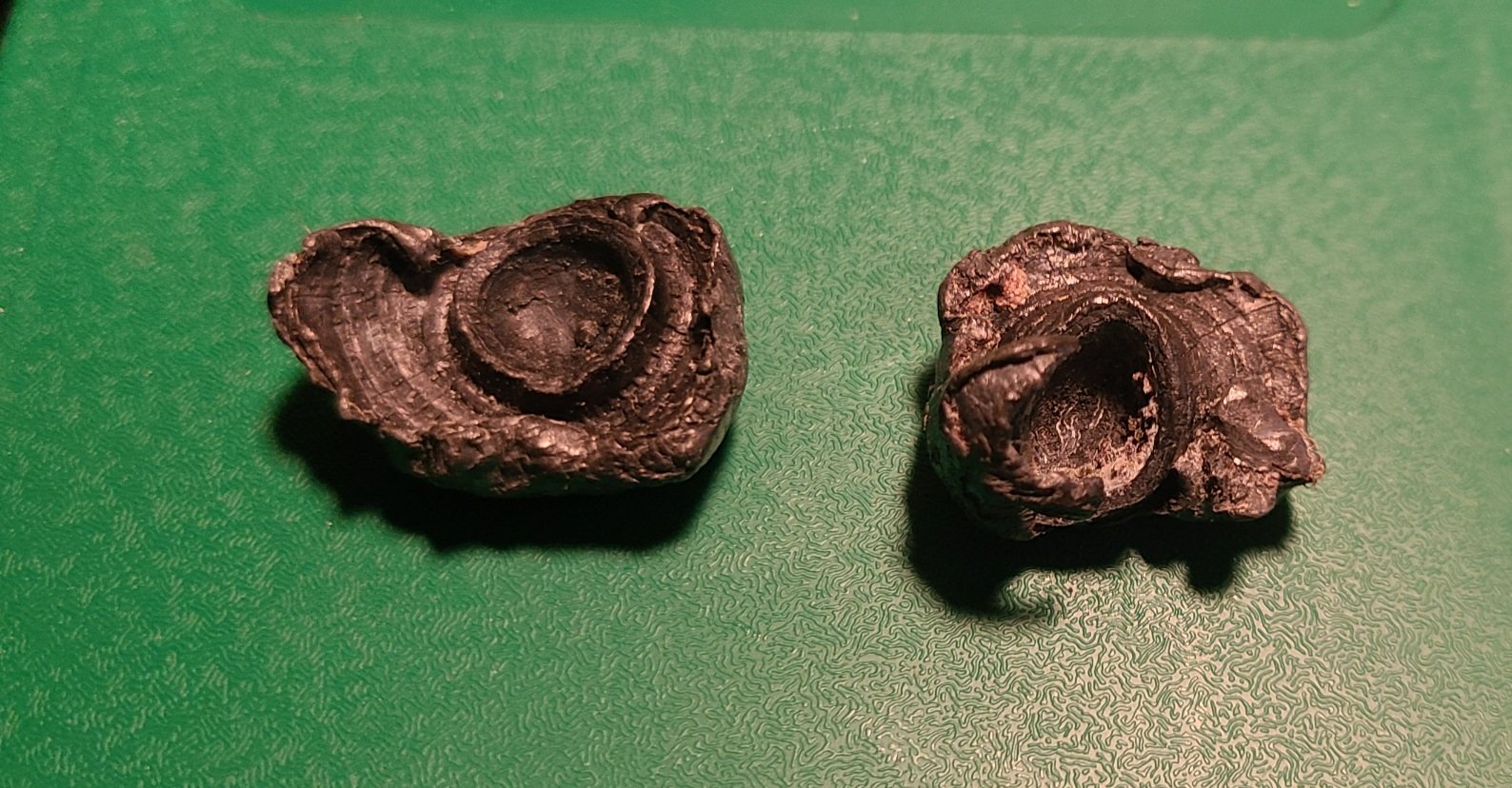
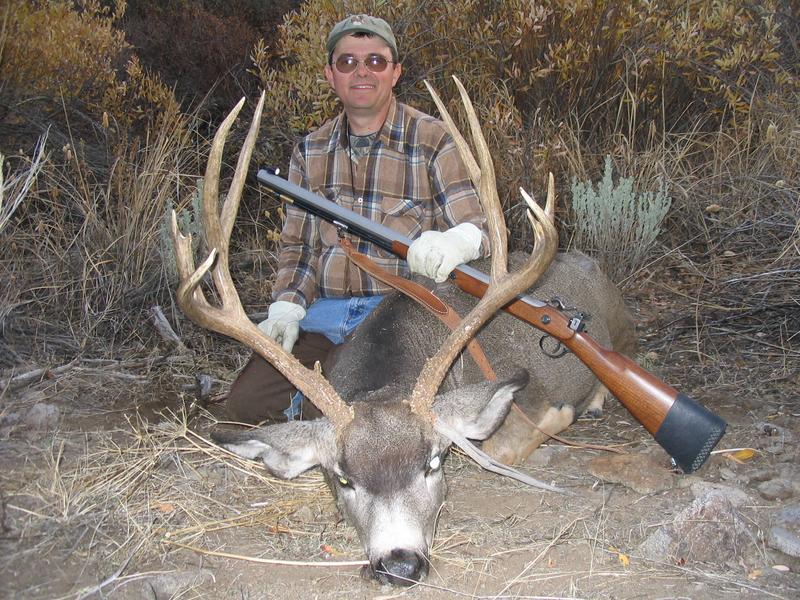
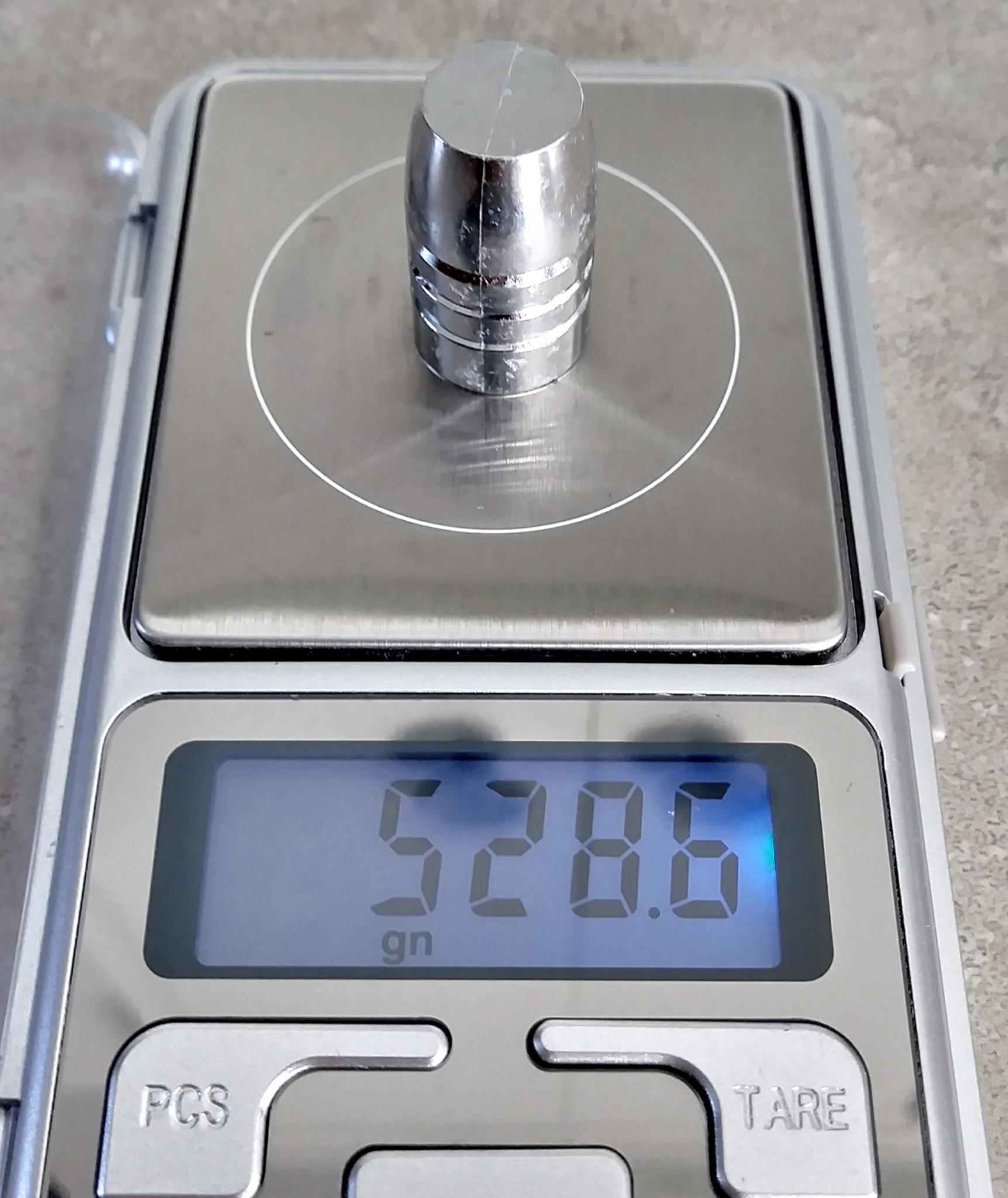
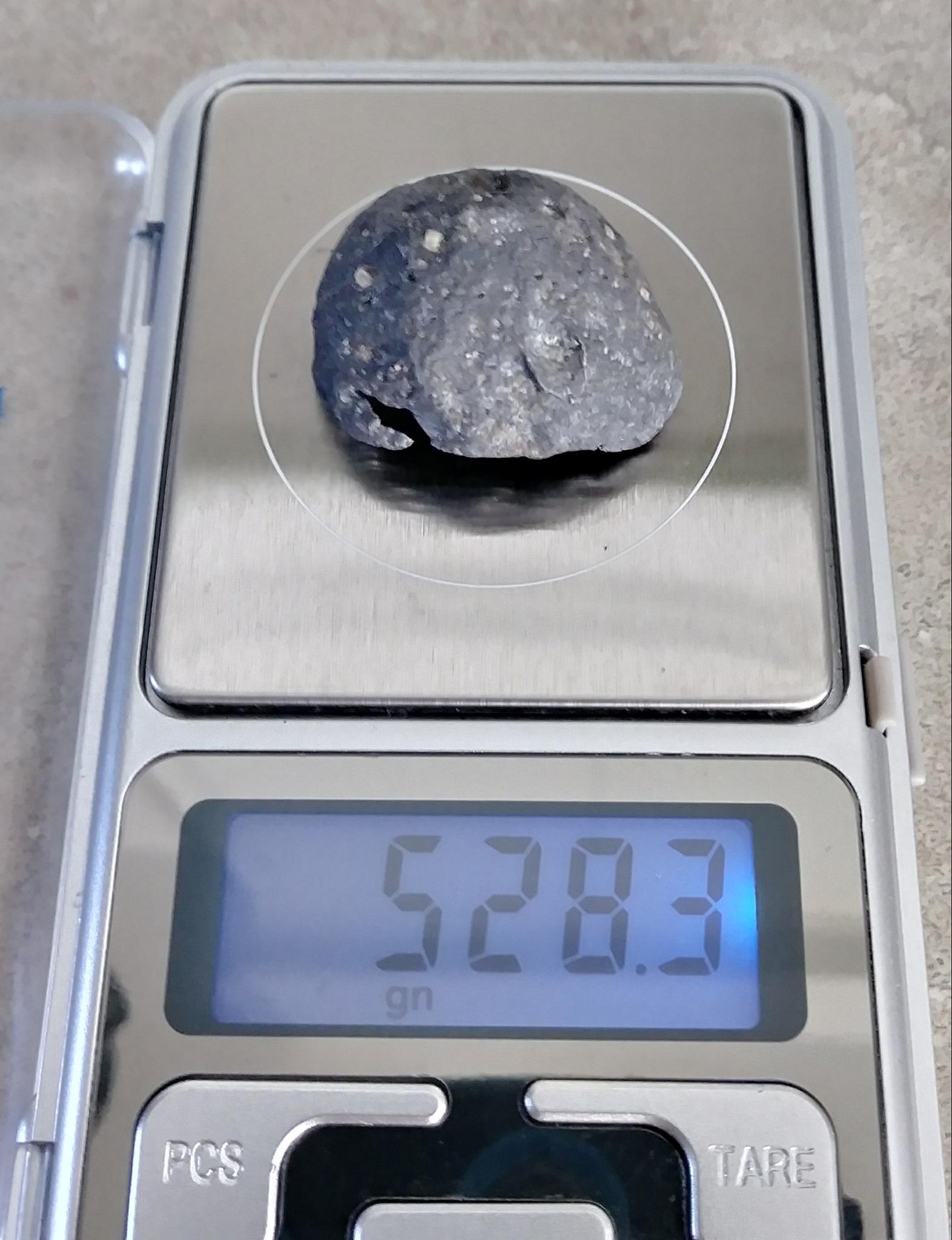
 Lead Hardness Swing of PURE Lead DEFINATELY makes a BIG Difference in Bullet Performance, With that 20 Point Wide Swing, it only makes sense that it would. I don’t see as much of the “Super Soft” Stuff as i do the Upper End Stuff, But The Only way to know is to Own a Hardness Tester. Any Serious Conical Shooting, Bullet Caster should own one!
Lead Hardness Swing of PURE Lead DEFINATELY makes a BIG Difference in Bullet Performance, With that 20 Point Wide Swing, it only makes sense that it would. I don’t see as much of the “Super Soft” Stuff as i do the Upper End Stuff, But The Only way to know is to Own a Hardness Tester. Any Serious Conical Shooting, Bullet Caster should own one!
